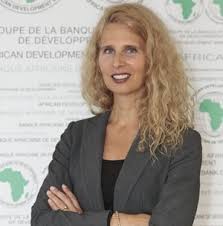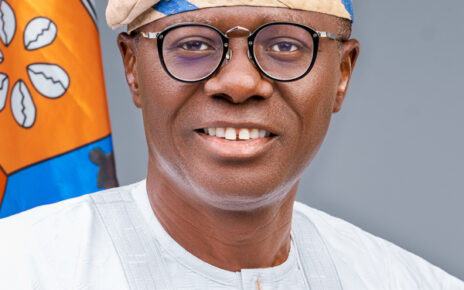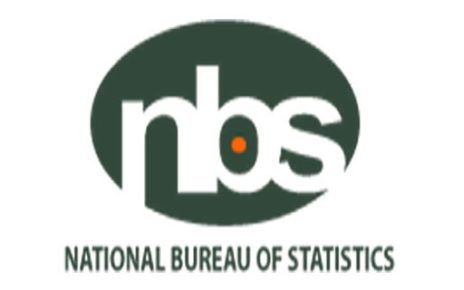The African Development Bank (AfDB) has initiated a new regional and global effort to transform the African Savannah from a “Sleeping Giant” to the cradle of the continent’s green revolution.
The Bank’s Vice-President for Agriculture, Human and Social Development, Jennifer Blanke, who made this remarks while addressing an audience at the sidelines of the recently ended a 2018 World Food Prize in Des Moines, Iowa, quipped that “this sleeping giant needs to wake up.”
A news report by Africa Press Organisation (APO) Group quoted Blanke as describing Africa’s nearly 400 million hectares of Savannah zones as “the world’s largest agricultural frontier,”, noting that if a small fraction of that cultivatable land, some 16 million hectares, is transformed, it could well set Africa up to decrease dependence on food imports, feed itself and contribute to feeding the world.
Available statistical data indicated that Africa currently accounted for 60% of the world’s uncultivated arable land and spends an estimated US$35 billion per year on importing food. This figure is projected to shoot up to US$110 billion by 2025.
The continent is importing what it should actually be producing: 22 million metric tons of maize, two million metric tons of soybean, one million metric tons of broiler meat and 10 million metric tons of milk product each year.
According to analysts, this situation is made worse when African countries export raw goods outside the continent to be processed into consumer products imported back into Africa for purchase, implying that Africa is exporting jobs outside the continent, and contributing to Africa’s poverty challenges.
As part of its remedial initiatives, the AfDB has determined that the African Savannah can support the production of maize, soybean, and livestock, and transform the continent into a net exporter of these commodites.
Only ten percent of the African Savannah is under cultivation – better utilized, small sections of Africa’s grasslands could provide direct jobs for tens of millions of young people and indirect jobs for many more.
Blanke, who spoke on behalf of the AfDB’s President, Dr. Akinwumi Adesina, at the forum noted that all of Africa’s Savannah was more than twice as large as Brazil’s “Cerrados” that launched that country’s farming economy success.
She pointed out that transforming a small part of Africa’s mixed woodland grasslands, in a smart and sustainable way, can produce enough to supply all the continent’s maize, soybean, and livestock requirements.
Brazil transformed its tropical Cerrados into a US$54 billion food industry within two decades through skillful development of production technologies for new crop and livestock varieties; innovative soil and crop management programs adapted to the tropics; wide-scale dissemination of new agricultural technologies; low interest loans, and ambitious rural development programs.
The Bank’s Technologies for African Agricultural Transformation for the Savannahs (TAAT-S) initiative seeks to transform 16 million hectares (Ha) out of Africa’s 400 million Ha of Savannah into an agribusiness hive for the production of maize, soybean, and livestock, representing just about four percent of the continent’s mixed woodland and grassland areas.
Experts say if African countries can harness the available technologies with the right policies, they will rapidly raise agricultural productivity and incomes for farmers, as well as assure lower food prices for consumers.
Vice President Blanke led a Bank delegation selling the merits of its TAAT-S initiative at the World Food Prize gathering. The Bank’s TAAT-S session discussed training, innovation, entrepreneurship, and policy support for transformation of African Savannahs.
To ensure effective implementation, the Bank has looked to Brazil’s agri-business success story to engage with organizations with proven track record in tropical and conservation agriculture.
These include the Brazilian Research Corporation and the Agricultural Corporation of Brazil, the Argentine Association of Zero-tillage, and the Argentine Agricultural Research Institute – all part of a systematic effort at technology introduction and adaptation.
TAAT-S was launched in October 2017 in Ghana and has since been operating in Zambia, Guinea and Gabon. The Bank expects to launch TAAT-S in Uganda, Kenya, Democratic Republic of Congo, Central African Republic, and Mozambique next year.
When TAAT-S is fully implemented, Africa can expect to double its maize production from a current 50 million metric tons per annum to 100 million metric tons, to triple soybean production from less than three million metric tons to nine million metric tons, and to double livestock production from 8.5 million metric tons to 16 million metric tons by 2025.
The TAAT-S session was part of Borlaug Dialogue International Symposium, held in conjunction with the World Food Prize Laureate Ceremony.
The US$250,000 World Food Prize recognizes accomplishments of individuals who have advanced human development by improving the quality, quantity, or availability of food in the world.
The AfDB President is the 2017 World Food Prize laureate.




